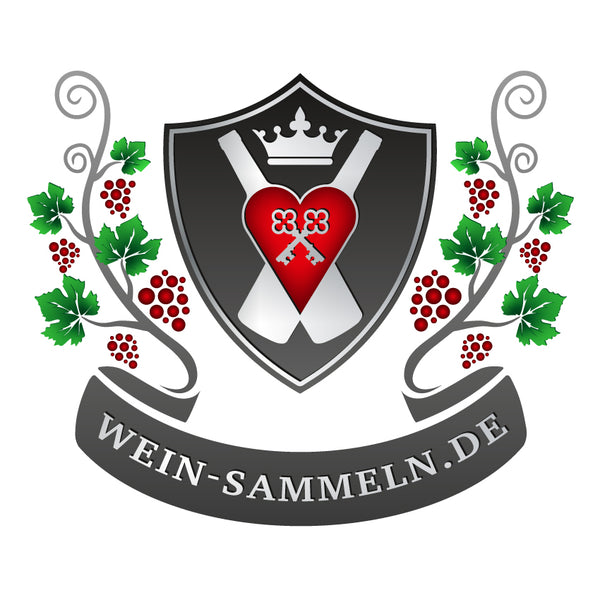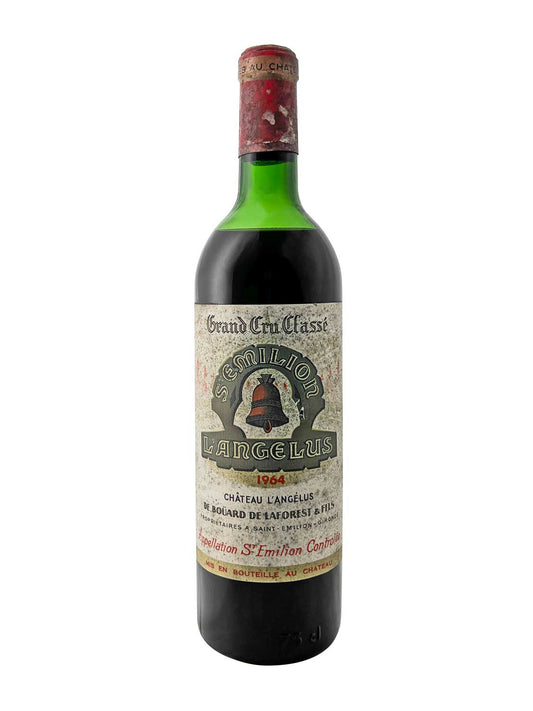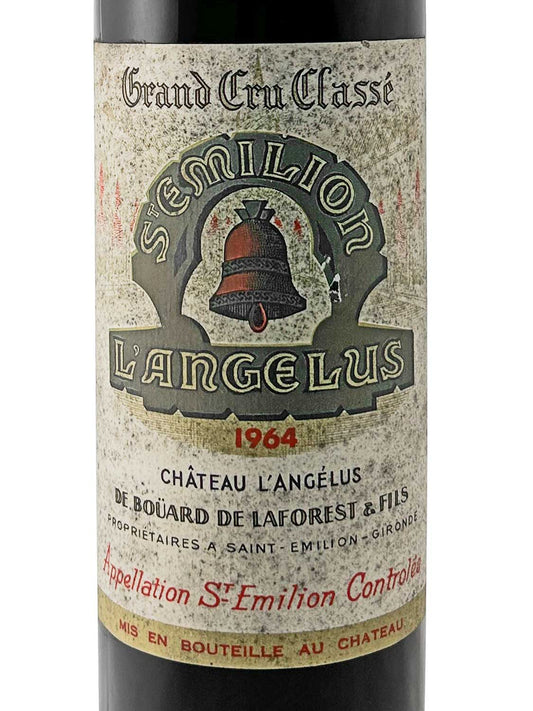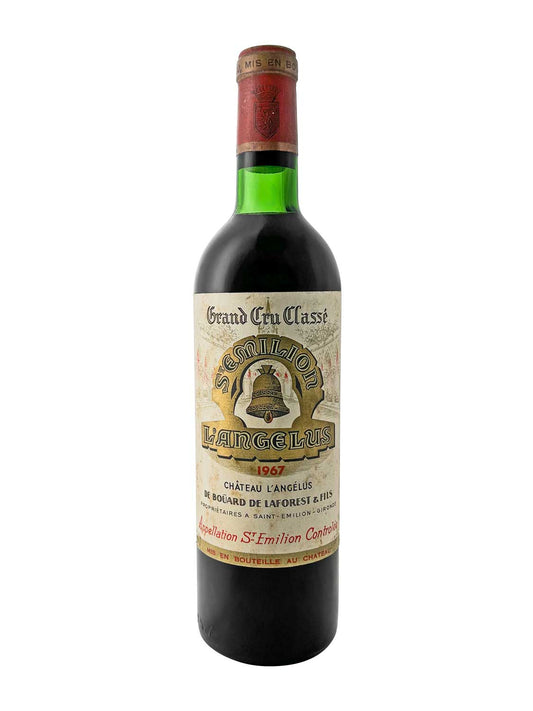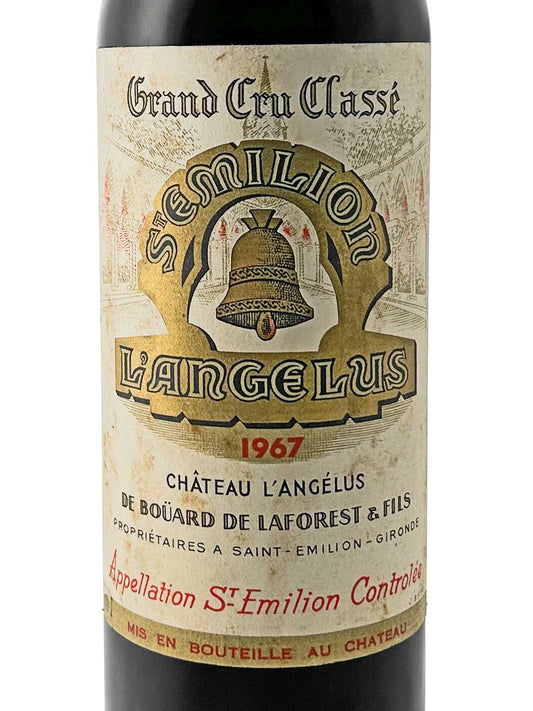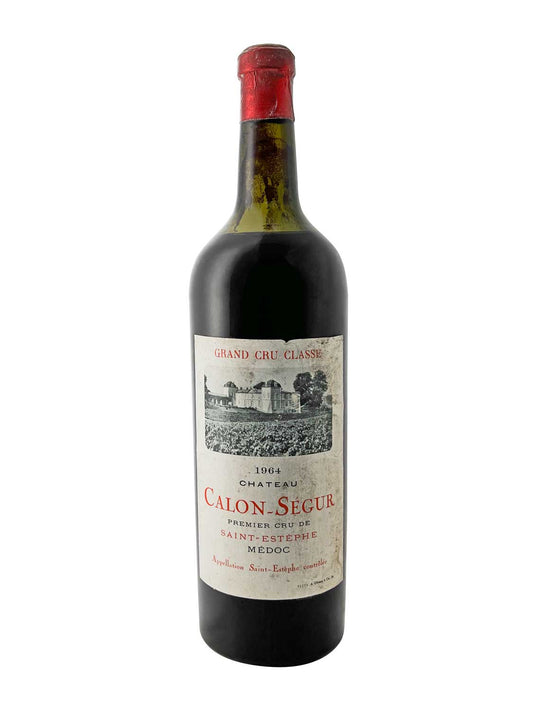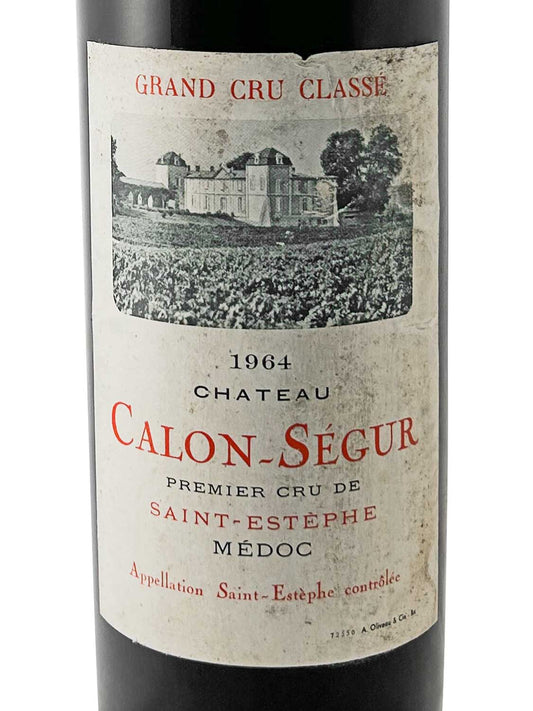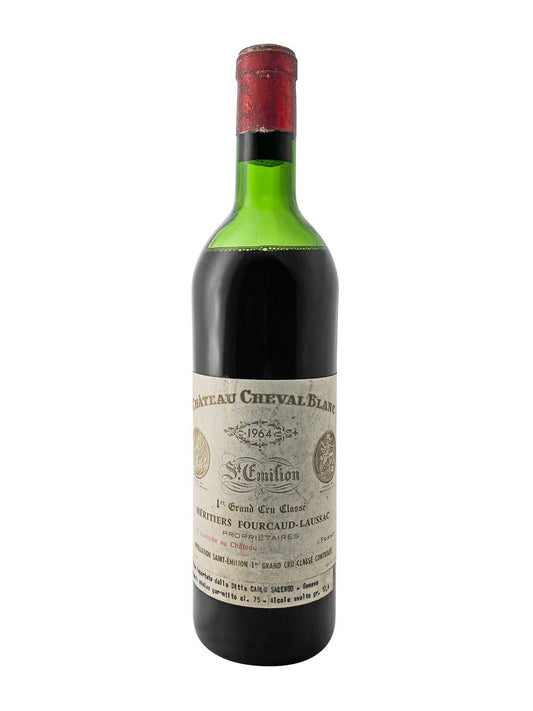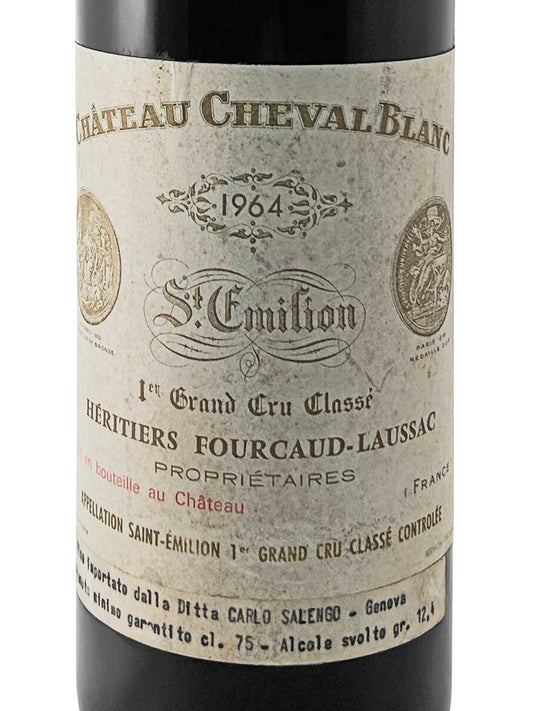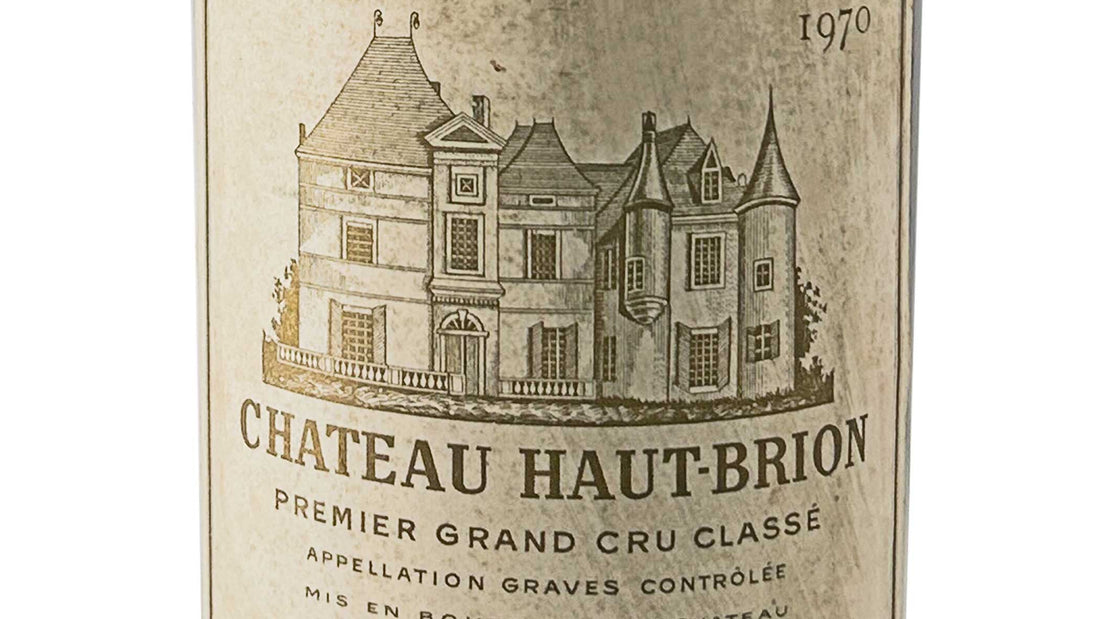
Difference between Pessac-Léognan and Graves in Bordeaux
Two Bordeaux appellations in comparison
Bordeaux is one of the world's most famous wine regions, famous for its diverse appellations and high-quality wines. Two terms frequently mentioned in connection with Bordeaux are Graves and Pessac-Léognan. Many wine collectors wonder: What is the difference between these two appellations? In this blog post, we explain the key differences between Pessac-Léognan and Graves and offer tips for collectors.
Also read: What does appellation mean in wine?
1. The Bordeaux Region: An Overview
Before we discuss the differences, it's helpful to briefly outline the Bordeaux region. Bordeaux is located in southwest France and is known worldwide for its red wines, as well as its white and dessert wines . The region is divided into several appellations, representing different terroirs, grape varieties, and wine qualities.

The most important appellations in Bordeaux are:
- Barsac
- Graves
- Haut-Médoc
- Margaux
- Pauillac
- Pessac-Léognan
- Pomerol
- Saint-Émilion
- Saint-Estèphe
- Saint-Julien
-
Sauternes
…and many more.
Read also: Libournais – A region you should know
Among these, the Graves region has established itself as a particularly important wine-growing region. Within Graves, in turn, lies the Pessac-Léognan region, which represents a special sub-zone.
2. What is Graves?
August 7, 1953: Classification of wineries and wine from Graves >> Cru Classé de Graves
Graves is a major appellation in the Bordeaux region, producing both red and white wines. It was officially recognized as an independent appellation (Appellation Graves Contrôlée) on March 4, 1937. The name "Graves" comes from the sandy and gravelly soils (the French word "graves" means "gravel"), which are ideal for viticulture.
On August 7, 1953, the wines from Graves vineyards were classified, similar to the Bordeaux classification of 1855. Since then, the best vineyards have been classified as “Cru Classé de Graves.”
Examples of wineries from the Pessac-Léognan appellation that belong to the Cru Classé de Graves:
BUT: Château Haut-Brion comes from the Pessac-Léognan appellation, but is the only winery in the 1855 Bordeaux classification to belong to the 1er Grand Cru Classé, although Château Haut-Brion does not come from the Médoc, like its other representatives in this classification.
Characteristics of the Graves appellation:
Location: South of Bordeaux city
Types of wine: red, white, rosé wines
Red wine: Merlot, Cabernet Sauvignon, Cabernet Franc
White wine: Sauvignon Blanc, Sémillon, Muscadelle
Style: Diverse – from fresh, fruity white wines to full-bodied red wines
Wine quality:
The Graves region produces both simple everyday wines and high-quality Crus Classés (classified wineries). The region is considered diverse and innovative.
3. What is Pessac-Léognan?
Pessac-Léognan is a sub-region within the Graves appellation. Since September 9, 1987, Pessac-Léognan has held the status of an independent AOC (Appellation Pessac-Léognan Contrôlée). The name is derived from the two municipalities of Pessac and Léognan.
By the way: Since the Pessac-Léognan appellation didn't exist before 1987, wine labels from wineries in Pessac or Léognan list the Graves Contrôlée appellation. Thus, on wine labels from Château Haut-Brion, you'll find either the Graves Contrôlée appellation or the Pessac-Léognan Contrôlée appellation, depending on the vintage.
Characteristics of Pessac-Léognan:
Location: Located directly south of Bordeaux city
Wine type: Mainly high-quality red wines and excellent white wines
Red: Merlot, Cabernet Sauvignon, Cabernet Franc
White: Sauvignon Blanc, Semillon
Style: Known for elegant, complex wines with ageing potential
Quality standards:
Pessac-Léognan is considered a top region within the Bordeaux region. Many renowned châteaux (e.g., Château Haut-Brion) are located here and produce world-class wines.
4. How do the wines differ?
The wines from Graves are very diverse:
They range from simple everyday wines to high-quality Crus Classés. The white wines are fresh and aromatic with notes of citrus fruits and herbs. The red wines are generally full-bodied with soft tannins.
In comparison, the wines from Pessac-Léognan are known primarily for their elegance, complexity and ageability:
They are characterized by a fine balance between fruit, acidity, and tannins. The red wines often have an intense bouquet with notes of black fruits, earth, and spices. The white wines are considered some of the finest in Bordeaux—aromatic, mineral, and long-lasting.
In short: While Graves offers a wide range of qualities, Pessac-Léognan stands for top quality red and white wines.
5. Why should you know these differences?
Understanding the differences between Graves and Pessac-Léognan helps wine collectors choose:
For an uncomplicated, everyday wine, a wine from the general Graves appellation is often sufficient. For a wine collection, a wine from Pessac-Léognan is recommended. Connoisseurs value the prestigious vineyards in Pessac-Léognan for their quality and history.
In summary:
Graves is a large wine-growing region in the Bordeaux region, producing a diverse range of red, white, and rosé wines. Within this region lies Pessac-Léognan, a distinct sub-region focused on high-quality wines. While Graves encompasses everything from simple to fine wines, Pessac-Léognan stands for elegant, complex, world-class wines.
So, if you want to buy a Bordeaux wine or expand your collection, knowing these differences will help you choose the right wine!
